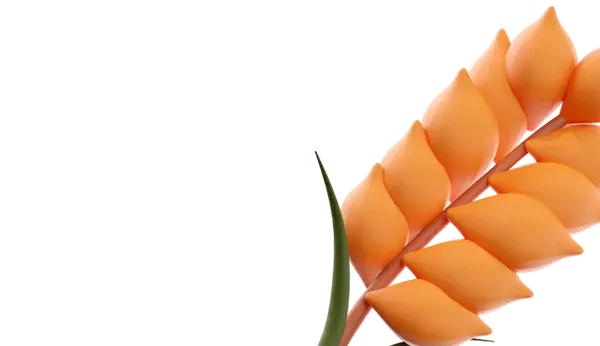Imagine installing a camera into the soil and observing how oxygen moves between soil particles or how the pH level changes as rainwater infiltrates. This concept is fascinating, and scientists from Aarhus University, in collaboration with German colleagues, have brought it to life.
A team of specialists has created a compact and automated mini-laboratory called MARTINIS, shaped like a tube, capable of measuring specific chemical indicators in soil in situ, i.e., in natural conditions, minimally affecting the living microclimate occupied by the soil.
Visualizing a 3D model of MARTINIS and an image of the actual system inside a 70 cm long cylindrical transparent plastic housing. The system includes a Raspberry Pi HQ camera with a 16 mm lens, an emission filter to block blue and ultraviolet radiation, a fan, temperature and humidity sensors, and other elements.
“Soil is a complex environment, and with every intervention like digging, we change it,” explains Klaus Koren, a biology associate professor from Aarhus. “Thanks to MARTINIS, we can observe what is happening over time with high detail without disrupting the sample’s integrity.”
Klaus Koren is a co-author of the article on MARTINIS published in the journal Sensors and Actuators B: Chemical. DOI: 10.1016/j.snb.2024.136894
The system operates based on planar optodes – thin sensors that change color in response to specific chemical elements such as oxygen, ammonia, or pH changes. While this technology has been used in laboratories for a long time, MARTINIS provides the opportunity to monitor soil chemistry in natural conditions.
When analyzing soil samples in the laboratory, information is only obtained about the sample composition at the time of collection. However, using MARTINIS allows continuous data acquisition about the surrounding soil environment without disturbing its structure, including historical changes.
Graduate student Martin Reinhard Rasmussen, who developed the system, explains: “We packed only the necessary components into a 25 cm diameter cylinder buried in the soil, allowing visual data collection about the surrounding environment.” His name coincidentally matches the project’s title.
Operation principle of MARTINIS (multi-analyte real-time in situ system).
Planar optodes are positioned outside a transparent tube buried in the soil. Inside the tube, there is an LED emitting light of a specific wavelength to detect target substances, and a camera recording the light emitted by the optode. The system is controlled by a Raspberry Pi computer, which automatically takes photos and manages movement – the tube can ascend, descend, and rotate.
The advantage of planar optodes lies in the ability to create two-dimensional images of soil chemical characteristics rather than just measuring a single point. By moving the camera and taking sequential images, “panoramas” of the soil structure can be created.
In the initial model, the system stores images on an SD card, but integration with a 5G network is planned. Additionally, future plans involve merging MARTINIS data with data obtained from drones and satellites.
MARTINIS is not yet a commercial product. Currently, researchers are seeking funding to develop software and create a more reliable version ready for field use.
The system has been successfully tested both in laboratory conditions for cultivating seedlings and in the field in Germany, where for several months, it monitored oxygen levels in different soil layers without interruptions, even during rain and snow. Testing was also conducted in the Rocky Mountains after a forest fire to track changes in soil chemical composition.
Monitoring pH levels and oxygen content over time and in different areas facilitates the analysis of soil chemistry changes, especially after adding fertilizers or using different soil treatment methods. For example, sufficient oxygen content is necessary for effective composting.
While the system has potential applications in agriculture, it is unlikely that individual farmers will invest in it. This is the opinion of Professor Klaus Butterbach-Bahl, head of the Center for Landscape Research in Sustainable Agricultural Development (Land-CRAFT) at Aarhus University.
“Most likely, consultants and engineers will use the system for data collection and analysis, based on which they will provide recommendations to farmers. We plan to deploy MARTINIS in our research at Land-CRAFT to better understand redox processes, changes in oxygen levels, and soil pH,” he adds.
Climate specialist Franziska Petra Eller from SEGES Innovation sees great potential in the new invention: “MARTINIS allows obtaining information about an environment that would otherwise be difficult to access – soil. Using planar optodes in situ enables more realistic research on chemical processes in soil on agricultural fields. Applied research will benefit from using this equipment, especially due to the automated collection of soil chemical data with high temporal resolution.”















